When the weather turns warm, there’s nothing like enjoying the great outdoors from the comfort of your patio, deck, garden or balcony. Whether you have a cozy bistro set or a sprawling sectional, outdoor furniture is the perfect addition to your home’s outdoor living space. However, exposure to the elements—sun, rain, wind, and even dirt—can take a toll on your beloved outdoor pieces. To ensure they remain in top condition for years to come, it’s important to know how to properly maintain them.
In this guide, we’ll walk you through practical, easy-to-follow tips on how to extend the life of your outdoor furniture while keeping it looking fresh and stylish. With just a little effort, you can keep your outdoor setup in great shape and enjoy countless sunny afternoons without worrying about wear and tear. Ready to make your furniture last? Let’s dive in!
1. Choose the Right Materials
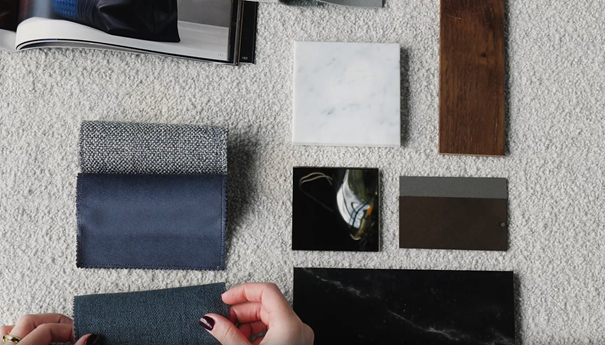
It all starts with selecting the right furniture in the first place. Certain materials are better suited for outdoor use than others, and choosing durable, weather-resistant options can save you time and effort in maintenance later on.
Durable Materials to Look For:
- Teak: One of the most popular choices for outdoor furniture, teak is a hardwood that naturally resists water, decay, and insects. Over time, it develops a beautiful silvery-gray patina, but it can be oiled if you prefer to keep the original honey color.
- Aluminum: Lightweight and resistant to rust, aluminum is perfect for outdoor furniture. It’s easy to move around and requires minimal maintenance, making it a great option for any outdoor space.
- Wicker/Rattan: While wicker is a classic choice for outdoor furniture, make sure it’s synthetic (HDPE or resin) rather than natural rattan. Synthetic rattan can handle the elements without fraying or fading.
- Stainless Steel: Corrosion-resistant and sleek, stainless steel is another great option for modern outdoor furniture. It’s low-maintenance and will maintain its look for years with the right care.
Choosing outdoor furniture made from high-quality, weather-resistant materials is the first step toward ensuring its longevity. But what happens if your furniture isn’t made of these materials? Don’t worry, there are plenty of ways to protect and maintain it, which brings us to the next tip!
2. Cover Your Furniture

If you want to really extend the life of your outdoor furniture, covering it when it’s not in use is a game-changer. A well-fitted furniture cover can protect your pieces from dirt, rain, sun, and the occasional bird droppings. Covers are inexpensive and easy to use, and they’ll keep your furniture looking new for much longer.
When selecting a cover, make sure it’s made from breathable, waterproof material. This will prevent moisture buildup and ensure proper ventilation. You can find covers for individual pieces (like chairs or tables) or larger covers for full sets.
Pro Tip: Always cover your furniture when it rains. Even if the furniture is advertised as weather-resistant, it’s best to provide an extra layer of protection to minimize wear over time.
3. Clean Regularly (But Gently)
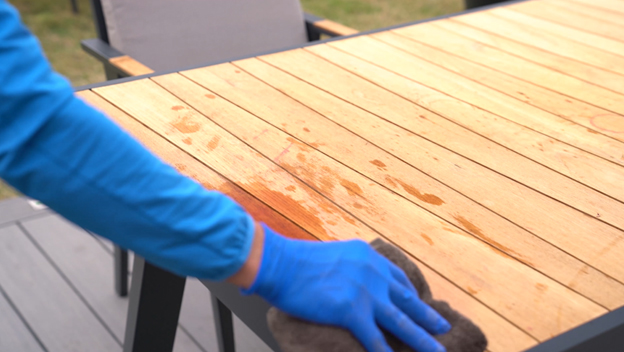
Dirt, dust, leaves, and pollen can accumulate quickly on outdoor furniture, so regular cleaning is key to preserving its appearance and condition. However, when cleaning, it’s important to use gentle methods to avoid damaging your furniture’s finish.
Here’s how to clean common outdoor furniture materials:
- Wood: For teak, cedar, or other hardwood furniture, use a soft brush or cloth to remove dirt. Wash with warm water and mild soap, then dry it thoroughly with a towel. If you want to restore the wood’s original color, consider sanding it lightly or applying teak oil.
- Metal: For aluminum, stainless steel, or wrought iron furniture, use a damp cloth to wipe down the surfaces. Avoid harsh chemicals or abrasive pads that could scratch the finish. For extra shine, a gentle polish can restore its luster.
- Wicker and Rattan: Synthetic wicker furniture is easy to clean with a vacuum or brush. If there’s stubborn dirt, use a damp cloth with mild detergent. Just make sure the wicker is completely dry before using it again to avoid mold growth.
- Cushions and Fabrics: Most outdoor cushions come with removable covers, making them easy to wash. If not, spot clean with a fabric cleaner and let the fabric dry fully in the sun. Keep cushions in a dry, ventilated space when not in use to prevent mildew.
Pro Tip: Avoid using a pressure washer on your outdoor furniture, as the high pressure can damage the finish, especially on wicker or wood pieces.
4. Store Furniture During Off-Season

While it’s tempting to leave your outdoor furniture out all year long, the truth is that storing it during the off-season (especially in cold or wet months) can greatly extend its lifespan. This is particularly important for materials like wood and fabric, which are more vulnerable to the elements.
Where to Store:
- Garage or Shed: A cool, dry place is ideal. If you have a storage shed or garage, move your furniture inside to protect it from harsh weather.
- Outdoor Storage Boxes: If you don’t have the space indoors, invest in an outdoor storage box. These are designed to be weatherproof and can keep your cushions, small furniture pieces, and accessories protected from rain and cold.
If storing your furniture indoors isn’t an option, ensure that it’s covered securely and protected from harsh weather conditions. For metal or synthetic materials, covering them with a breathable cover is often enough to prevent damage.
5. Inspect and Maintain Your Furniture Regularly

A little preventative maintenance goes a long way when it comes to outdoor furniture. Taking the time to regularly inspect and fix small issues can help you avoid larger problems down the road.
What to Check For:
- Loose Screws or Bolts: Outdoor furniture can loosen over time from constant use or temperature fluctuations. Regularly check the screws and bolts to ensure they are secure. Tighten them as needed.
- Wood Splits or Cracks: Wood furniture can expand and contract with changes in humidity and temperature. If you notice cracks or splits, gently sand the area and apply a protective wood finish to prevent further damage.
- Rust or Corrosion: If you notice rust spots on metal furniture, use a wire brush to scrub the area, followed by a coat of rust-resistant paint or spray. Make sure to clean and dry the metal thoroughly to prevent further corrosion.
- Cushion Condition: Check the cushions for signs of wear, fading, or mold. If cushions are looking a little worse for wear, consider replacing the covers or investing in new cushions altogether.
Pro Tip: Take the opportunity to inspect your furniture after a storm or particularly bad weather. This will help you address any damage early, before it worsens.
6. Use Protective Finishes and Treatments
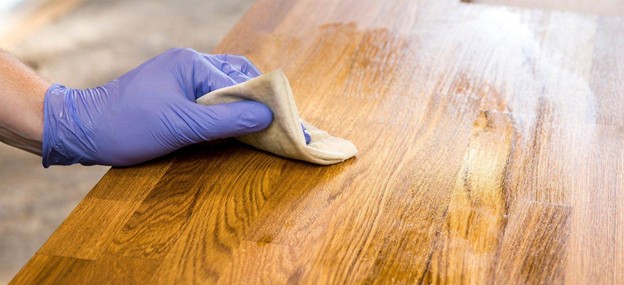
Just like your skin needs sunscreen, your outdoor furniture needs some extra protection from the sun’s harsh UV rays. UV exposure can cause fabrics to fade, wood to crack, and metals to lose their shine. Applying protective finishes, such as UV-resistant sprays or varnishes, can help your furniture stay in tip-top shape.
Types of Protective Products:
- Wood Furniture: Apply a UV-protective wood oil or varnish to prevent fading and cracking. Make sure the wood is clean and dry before application.
- Fabric Furniture: UV-resistant fabric protectors can help maintain the color and integrity of outdoor cushions and pillows. Look for sprays that offer both water resistance and UV protection.
- Metal Furniture: Stainless steel and aluminum can benefit from a protective coat or polish to prevent fading and maintain their shine. A light coat of wax can also protect metal from rust and corrosion.
7. Don’t Forget the Details: Pillows, Throws, and Rugs
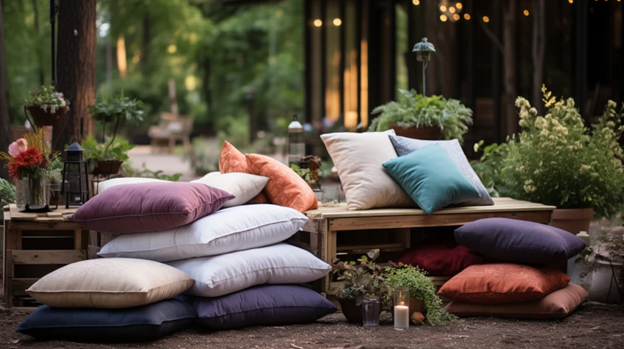
To truly extend the life of your outdoor furniture, don’t overlook the accessories that make your space comfortable and cozy. Outdoor cushions, pillows, throws, and rugs should also be cleaned and maintained regularly to keep them looking fresh.
Tips for Accessories:
- Pillows and Cushions: Store them indoors during heavy rain or storms to keep them dry. Wash removable covers according to the manufacturer’s instructions, and air them out regularly to prevent mold.
- Outdoor Rugs: Shake off dirt and vacuum regularly. For deeper cleaning, hose them down and let them dry in the sun. Be sure to check for any signs of fading or damage.
8. Know When to Replace
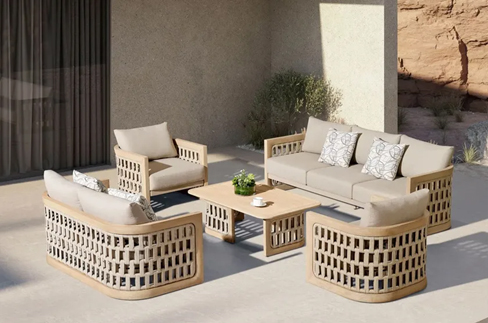
No matter how well you care for your outdoor furniture, there may come a time when replacement is the best option. If a piece of furniture has been damaged beyond repair, or if the cushions have lost their shape and are no longer comfortable, it may be time to say goodbye.
Before replacing furniture, consider your style and space. If you’ve updated your garden or patio design, it may be a good opportunity to invest in new, more stylish furniture that complements the overall aesthetic.
9. Avoid Excessive Exposure to the Elements


While outdoor furniture is designed to withstand some degree of weather, constant exposure to extreme conditions can cause significant damage over time. Whether it’s harsh sunlight or heavy rain, try to limit your furniture’s direct exposure to these elements as much as possible.
Tip for Protection:
- Sunlight: While UV-resistant finishes can help, nothing beats moving your furniture to a more shaded area or positioning it under a gazebo, pergola, or umbrella. This will prevent the sun from prematurely fading fabrics or cracking wood.
- Rain: If you’re expecting a heavy downpour or storm, it’s a good idea to move your furniture or at least cover it up. Excess moisture can lead to rust, mold, or mildew growth, especially on wooden and fabric pieces.
Pro Tip: Position your furniture away from trees that shed leaves or sap. This helps prevent the buildup of sticky substances that can stain or damage surfaces.
10. Rotate Cushions and Seats
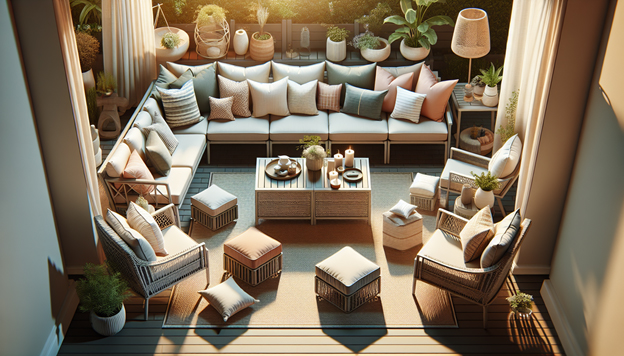
Rotating the cushions and seats on your outdoor furniture is a simple but highly effective way to extend their life. Just like you might rotate your mattress to avoid wear on one side, doing the same with cushions and chairs helps evenly distribute the wear and tear.
Why It Helps:
- Even Wear: Regularly rotating cushions, chairs, or bench cushions helps prevent any one area from becoming overly compressed, ensuring that they maintain their shape longer.
- Prevents Sun Damage: Cushions or fabric-covered furniture pieces that face the sun directly tend to fade faster. By rotating your cushions, you ensure that the fabric is exposed to sunlight evenly.
Pro Tip: If possible, choose cushions with removable covers so you can rotate both the fabric and the cushioning for better preservation. This way, you can also clean the covers more easily!
Final Thoughts: A Little TLC Goes a Long Way
Taking care of your outdoor furniture doesn’t have to be a chore. With just a little regular maintenance, protective measures, and proper storage, you can enjoy your outdoor space for years to come. By investing in quality materials, using the right cleaning methods, and protecting your furniture from the elements, you’ll ensure that your patio pieces remain functional, beautiful, and durable.
So, get outside, kick back, and relax—you’ve earned it! Your outdoor furniture will be right there, ready to support every BBQ, family gathering, or quiet afternoon in the sun.

